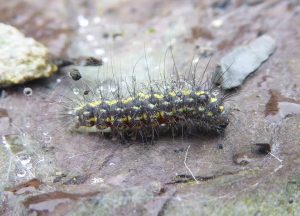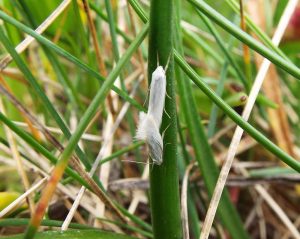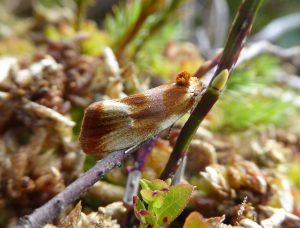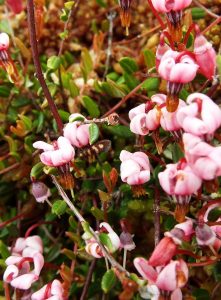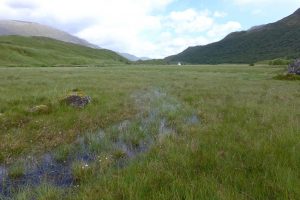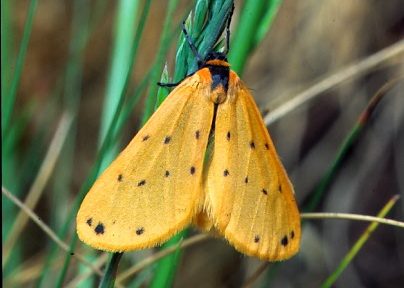

Adult Dew Moth (Roy Leverton)
The month of June has been an incredible month of moth surveying!! From the windy and rainy Highlands to the…… windy and rainy Borders.
I attended the Scottish Entomological Gathering (SEG) in Eyemouth, right down at the border with England. Entomologists met up from all over Scotland to share their knowledge and to survey the local area; it was a great opportunity to meet experienced moth experts and learn all I could from them. Over three days my team managed to record 479 moths and 103 different species!!
One of rarest species we located was the Dew Moth. A nationally scarce A species found only in coastal areas. The Eyemouth colony is incredibly isolated; it’s the only colony on the West Coast of Scotland.We were fortunate enough to see both the adults flying but also the spiny caterpillars feeding on the rock lichens.
My micro highlight of the gathering was Elaschista argentella. This snowy beauty common micro moth which lives in grassy habitats. The larvae mine the inside of grass leaves.
When I have been able to I’ve been surveying my peatland bogs and I have some stunning micros the share with you.
Eulia ministrana is a gorgeous moth that feeds on the isolated patches of birch that occur on the bogland edges. Birch trees are tolerate of damp conditions and are an excellent resource for moths on bogs. However if the birch begins to dominate it can dry out the bog and prevent future peat production, so it must be managed carefully. Eulia ministrana is renowned for its beauty and known colloquially as the “Mini Kentish Glory” (You can read about the Kentish Glory moth in my previous blog).
Here is a miniscule micro called Mircopterix aureatella. The Micropterix group of moths are so old that they have retained chewing moth parts, unlike most other Lepidoptera which have a long tongue called a proboscis to suck up nectar. The adult moths will feed by eating pollen in flowers. I found this M.aureatella feeding on cranberry flowers. Cranberries love the water-logged conditions on the bog and their berries provide a great source of food for insects, birds and humans too!
Finally I spent 4 days in Glen Affric in the highlands surveying on behalf of the Forestry Commission. Truly amazing scenery with some amazing wildlife!! When we had finished mothing for the day I had Common sandpipers, barn owls and plenty of deer to keep me company. We even stumbled upon a very secretive serpent among the heather! The data from the trip is still being analysed but we will have surely added at least 100 species to this under-recorded area.
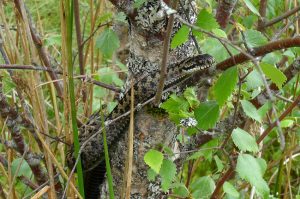
Female Adder (Mike Taylor)
Such a busy month but has also been so rewarding and incredibly informative. Can’t wait to see what the future brings.

